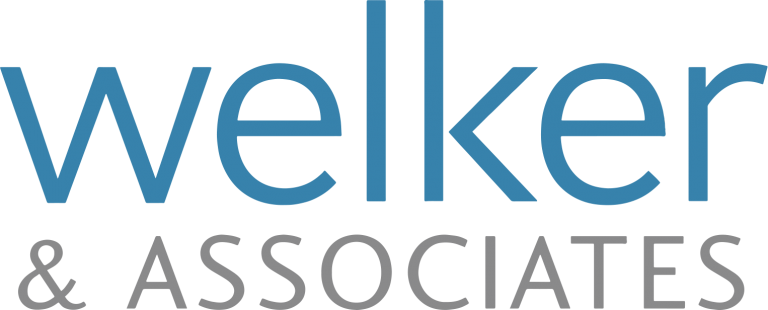Myth: By filing personal bankruptcy I will lose everything.
Fact: The Office of the Superintendent of Bankruptcy Canada’s process is not designed to take away all your assets or make it impossible for you to live. Many assets are exempt from seizure by your creditors.
Myth: By filing personal bankruptcy I will lose my car.
Fact: You are allowed to own a vehicle valued up to $5,650 that is exempt from seizure.
Myth: I will lose my assets if I file a consumer proposal.
Fact: It does not affect your assets.
Myth: A debt management plan (“DMP”) offers a better credit rating than a consumer proposal.
Fact: Both options result in a R7 credit rating which remains on your credit report for 3 years after your debt settlement is paid in full.
Myth: If I have money problems my only option is to file personal bankruptcy.
Fact: Everyone has several options to deal with their money problems. Filing personal bankruptcy is one option, but it is not always the best option. Debt settlement can be achieved by filing a consumer proposal with the help of a trustee.
Myth: Filing a debt management plan and filing a consumer proposal are the same thing.
Fact: A debt management plan is an informal process done by a credit counsellor. Creditors don’t have to participate in a DMP and it does not compromise your personal debt. A consumer proposal is a formal debt settlement filed by a licensed trustee. All creditors must participate in the process and it will allow you to compromise your personal debts.
Myth: A consumer proposal is the best option to deal with money problems.
Fact: It can be a good option to address money problems, but it is not the only option. You should review all of your options with a licensed trustee.
Myth: Filing personal bankruptcy means you can’t file a consumer proposal.
Fact: It is possible to file a consumer proposal even after filing personal bankruptcy.
If you have more questions about how bankruptcy or a consumer proposal will affect your credit, book a free consultation with one of our licensed trustees.



